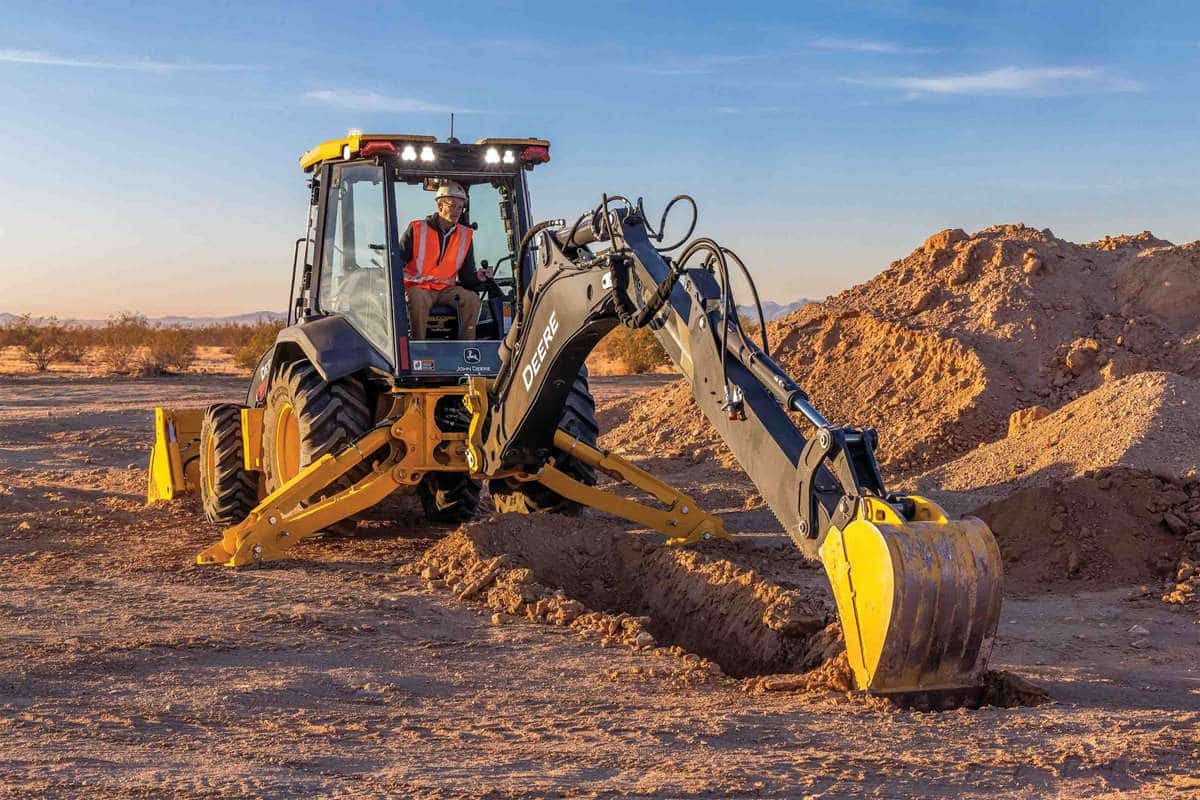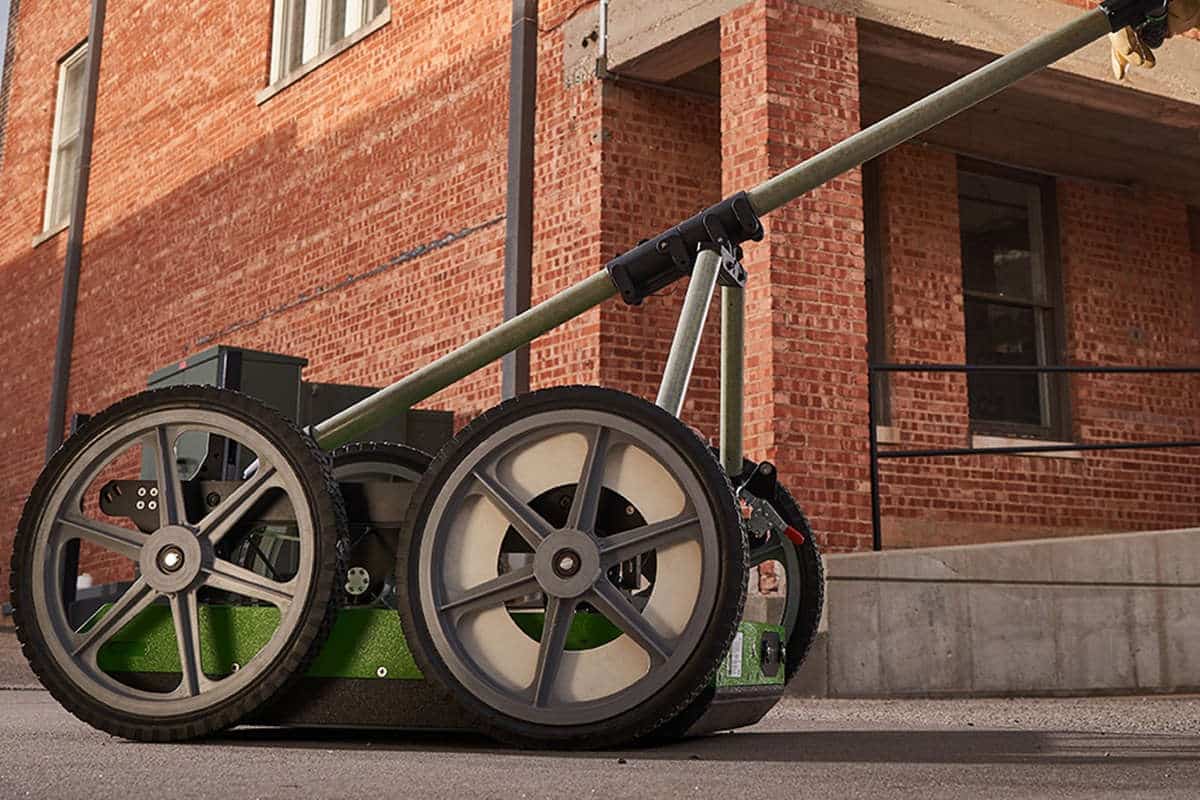Ride-On Trenchers Offer Efficiency and Precision When Placing Utilities

When installing underground utilities, efficiency and precision are key. A ride-on trencher fits the bill for both. With the ability to traverse tough ground conditions and dig and place utilities with ease, these machines are just what utility contractors need.
“There are a number of scenarios where a ride-on trencher for utility construction is simply the most efficient equipment option,” says Josh Beddow, Marketing Manager for Toro Sitework Systems Dealer Business. “Primarily, ride-on trenchers are extremely productive — and therefore provide incredible value for the contractor — in open areas. Not only does a ride-on trencher reduce operator fatigue when compared with its walk-behind counterpart, but it can also reach highly-efficient transport speeds in the field.”
Finding the right ride-on trencher starts with locating a reputable dealer who can help a buyer identify his or her needs and pair them with the proper machine. With offerings from companies like Ditch Witch, Toro and Vermeer, there are plenty of options for contractors to choose from.
“The main considerations include production, ease of use and the dealer network backing the product,” says Andrew Schuermann, Product Manager — Trenchers and Compact Utility Equipment for Ditch Witch. “When paid by the foot, as most utility workers are, production is key. It is also important to have a machine that is easy to use, with a worldwide dealer network available for service and support of the machine to help utility contractors be successful on the job.”
Identifying ground conditions is an important step in selecting the right ride-on trencher. This will help a contractor find the exact digging chain and traction needed to complete a job. For example, there’s a variety of digging chain options suited for specific soils whether a contractor is dealing with loose soil or tough clay and rock. The right one will be able to slice through the soil efficiently without any damage to the chain or machine. Traction is also important. Outfitting a machine with the proper tires or tracks will ensure a contractor can easily maneuver a jobsite.
“If a contractor is operating in dry, hard conditions like in the desert, rubber tires would be fine,” says Jon Kuyers, Senior Global Product Manager for Vermeer. “If you move into areas such as the swamps up in Minnesota or sandy ground in Michigan or Florida, tracks would be a better option.”
To further maximize a ride-on trencher’s productivity, contractors can add attachments to the machine. Popular options are backhoes, rock wheels and vibratory plows. Cold weather packages may also be available depending on the manufacturer.
“A lot of these machines are being operated year-round, so when it’s gets extremely cold in northern climates, these packages help facilitate the starting and operation of the machine,” says Kuyers. “Thanks to different digging options, these machines are well equipped to cut through frost.”
Comfort Counts
Ride-on trenchers already receive bonus points in comfort over their walk-behind counterparts just for providing a seat. However, there are even more ways to enhance an operator’s experience. One of the best ways is to find a machine with controls that are easy to use and locate. Having the necessary controls in easy reach allows an operator to remain comfortable — and productive — throughout the day.
Seat options are another consideration. Some manufacturers, like Vermeer, offer rotating seats to allow for better visibility and less stress on the body.
“It’s helpful to have a rotating seat, so the operator can easily shift to have a better view of the working area on the rear half of the machine,” explains Kuyers. “This prevents them from having to crane their neck and not being in the most ergonomic or comfortable position. By rotating the seat 90 degrees, it gives them a better view.”
Cabs are also offered as an option through some manufacturers and may be preferred in certain climates.
Maintenance Matters
Like any machine, a ride-on trencher requires the proper maintenance to keep it up and running. As always, contractors should consult the machine’s operator’s manual for a complete regimen. Here, Beddow offers a checklist of daily maintenance points:
- Check the engine oil level.
- Check the coolant level in the reservoir.
- Check the hydraulic fluid level in the reservoir.
- Check the restricted air-cleaner indicator for a restricted air cleaner.
- Grease the machine.
- Check the crankcase breather tube.
- Check the air-intake piping for wear, damage and loose fasteners.
As time rolls on, Beddow points out that contractors and fleet managers will want to take a closer look at the ride-on trencher after 500 hours. At this point, contractors will want to:
- Grease the drive shaft.
- Change the engine oil and filter.
- Service the fuel filter system.
- Change the transmission filter.
- Change the hydraulic-charge filter.
- Change the hydraulic-return filter.
- Check and maintain the ROPS.
Thanks to their efficiency, ride-on trenchers are a mainstay in utility construction. By identifying jobsite conditions and working with a dealer, a contractor can find the right fit for his or her to-do list.
Pam Kleineke is the Managing Editor of Utility Contractor.




